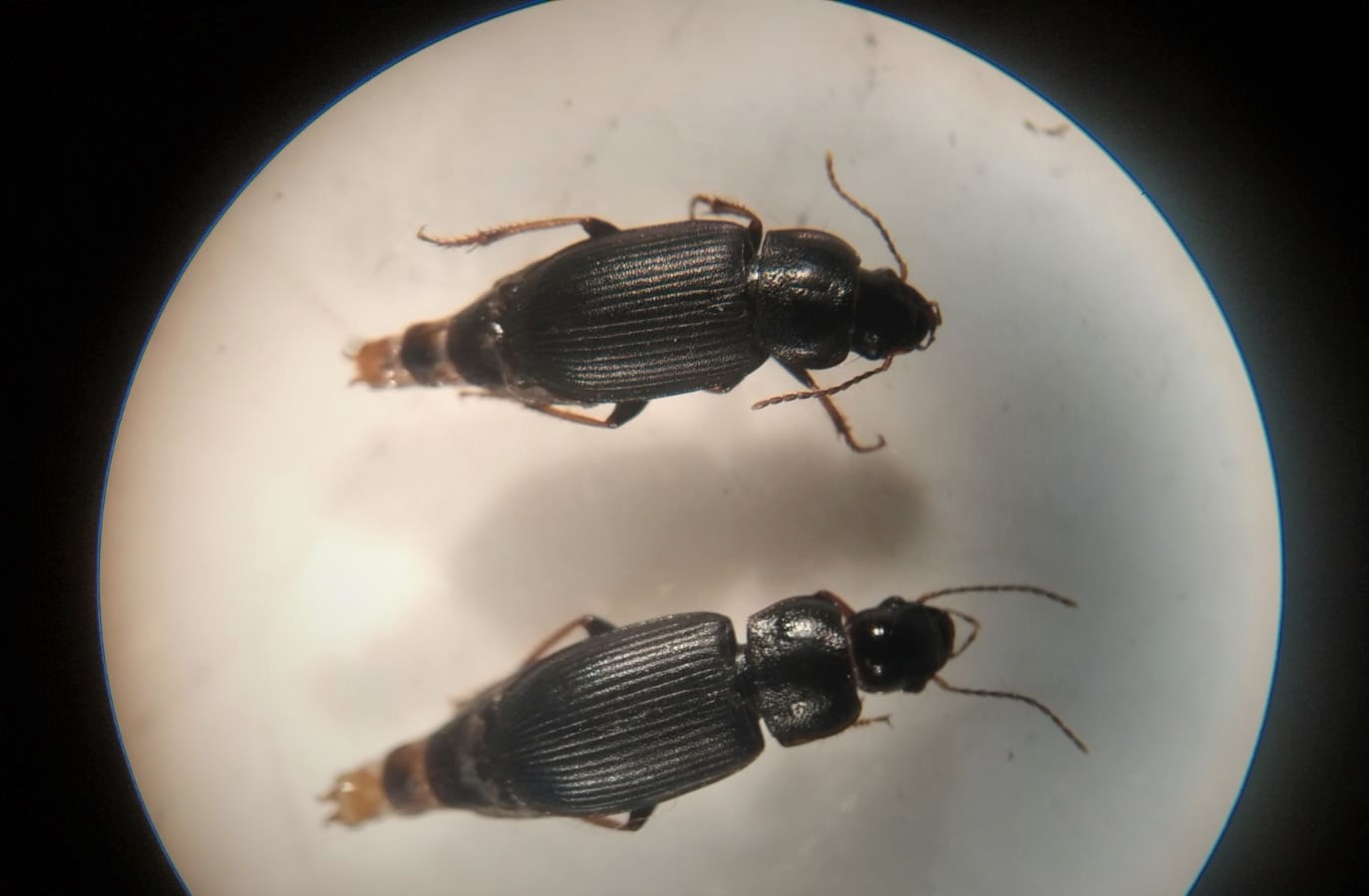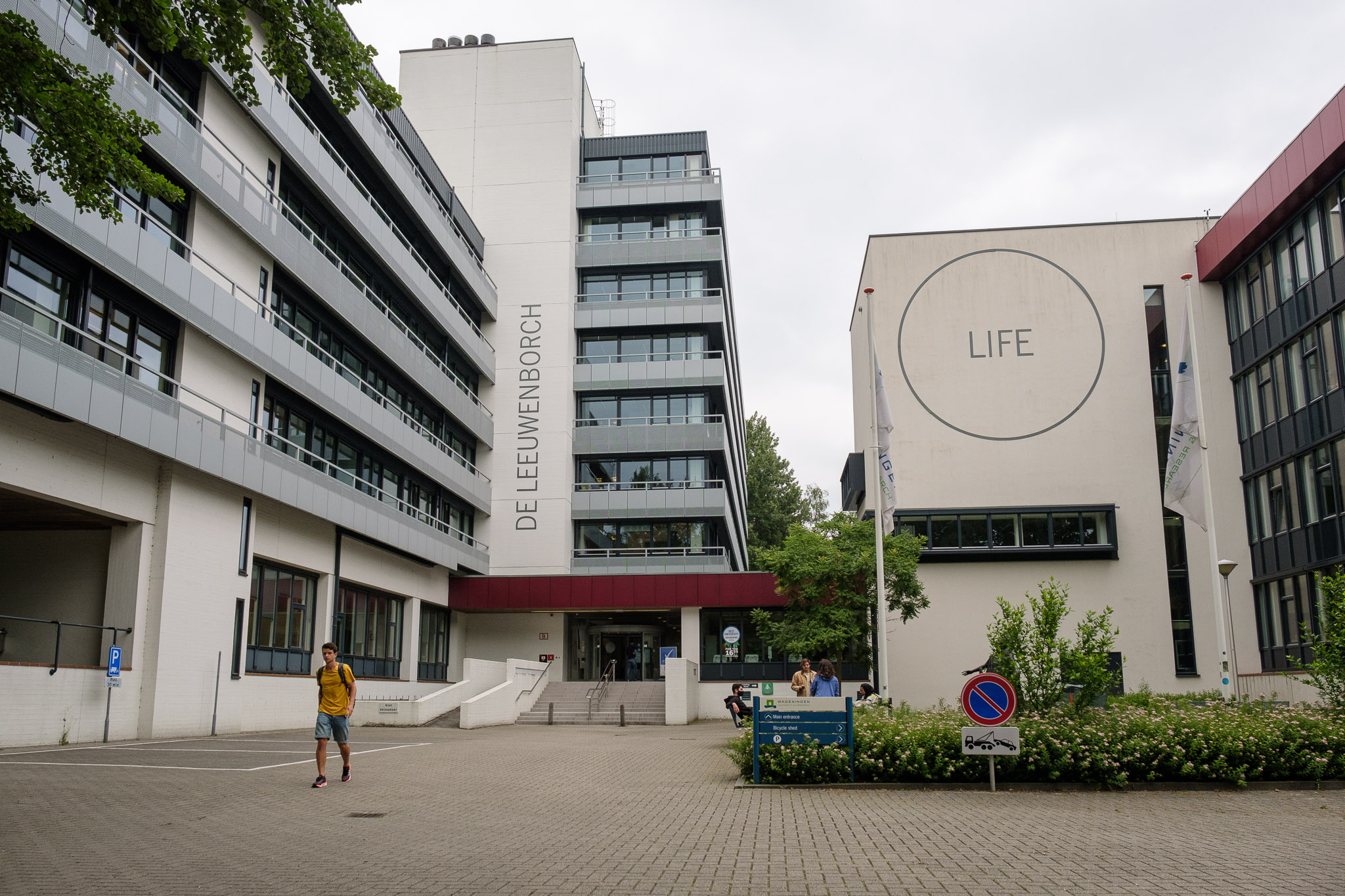The black ground beetle had not been seen in the Netherlands for about five years, according to PhD candidate Luuk Croijmans. He bases this on information from the Renkum ground beetle expert Hans Turin. Croijmans caught two examples of the rare beetle in June this year but it took a while before he could get confirmation of his find.
Planken Wambuis
The insect is known to be rare and was thought to have died out by the turn of the millennium. The last examples were caught in South Limburg in 1960. But in 2000 entomologists spotted the beetle again in the Planken Wambuis nature area just outside Ede and not far from Wageningen. After this, the beetle was seen in Wageningen and even on campus (the Droevendaal experimental farm).
According to Turin, it looked as if the species was making a comeback. But for the past five years there had been no more sightings — until Croijmans saw his ground beetles last summer. In a trial field next to the campus, of all places. ‘It was a wheat field that hadn’t developed properly due to disease, so you got an open field with a variety of herbaceous plants.’
The sighting of this beetle shows what role agriculture has in biodiversity.
Luuk Croijmans, PhD-researcher Entomolgy
Croijmans says the finding demonstrates the resilience of nature. ‘Last year, that field was a flourishing wheat monoculture, the kind of place this species would probably not do well in at all. This year the habitat is more diverse and suddenly the species has reappeared. The sighting of this beetle shows what role agriculture has in biodiversity.’ That happens to be Croijmans’ area of research.
Diverse agriculture
‘Agriculture creates its own disturbed ecosystem,’ says Croijmans. ‘Species that are found there need to be able to cope with an environment that is constantly changing. I try to find out what it means for biodiversity if you make agriculture more diverse, for example by reducing the use of pesticides and fertilizers and by growing a greater variety of crops.’

 Photo: Luuk Croijmans
Photo: Luuk Croijmans ![[Seriously?] The Gulf of WUR](https://www.resource-online.nl/app/uploads/2025/02/WEB_DeNeus.png)

